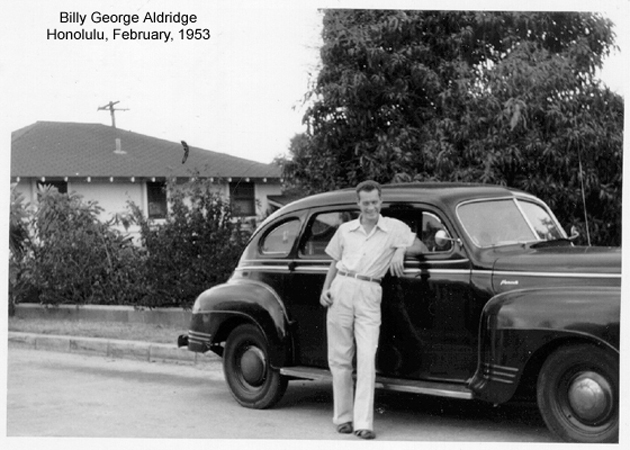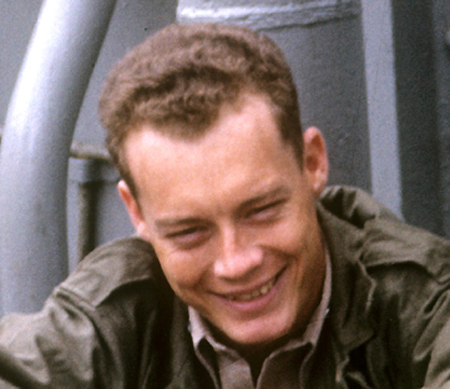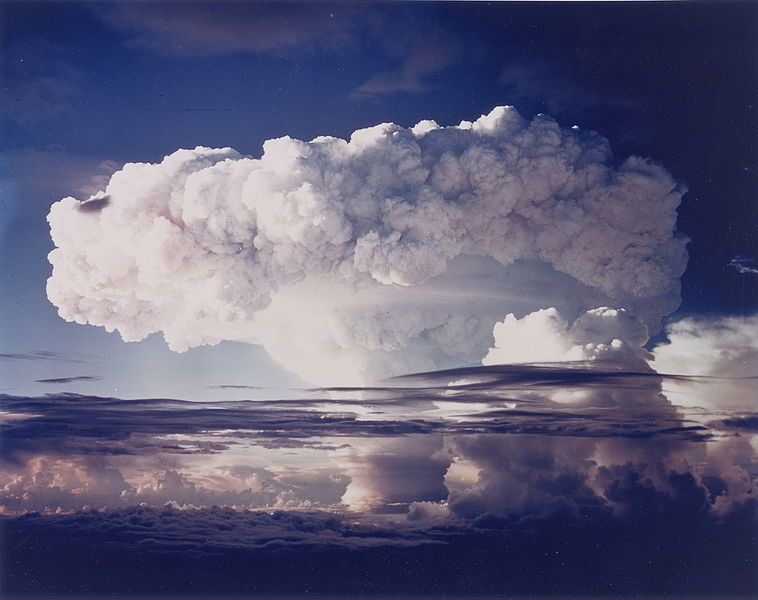
First Nuclear Fusion Explosion on Earth
During most of 1952, at age 20, I was stationed at Kwajalein Atoll, Marshall Islands, as a United States Air Force electronics technician.
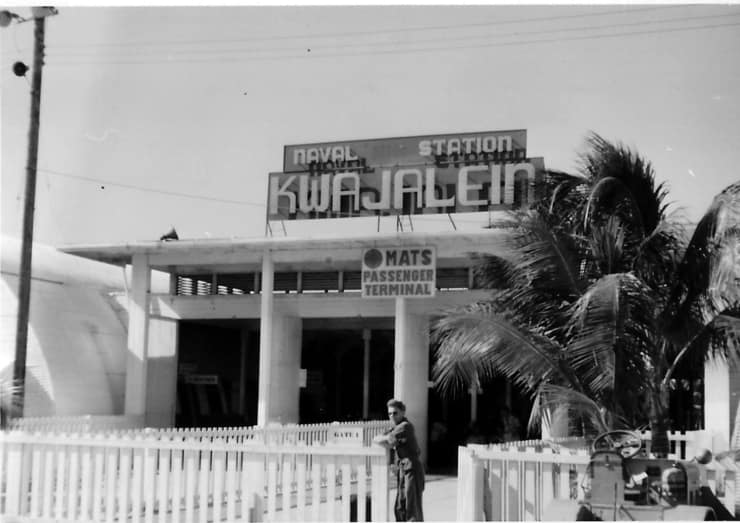
I had been interested in electronics from the time I was a child rummaging through junkyards looking for old radios so that I could experiment. I became very knowledgeable about electronics even before joining the Air Force. When I was sent to Electronics school, I found it very easy and therefore "tested out" of most components of the program, "graduating" at the top of my class. Upon arrival at Kwajalein, I learned that most of the 300 or so other Air Force personnel there were also very advanced and well-qualified in their areas of specialties.
Why would the Air Force send 300 of their best and brightest technicians to this tiny island on an atoll in the Pacific?
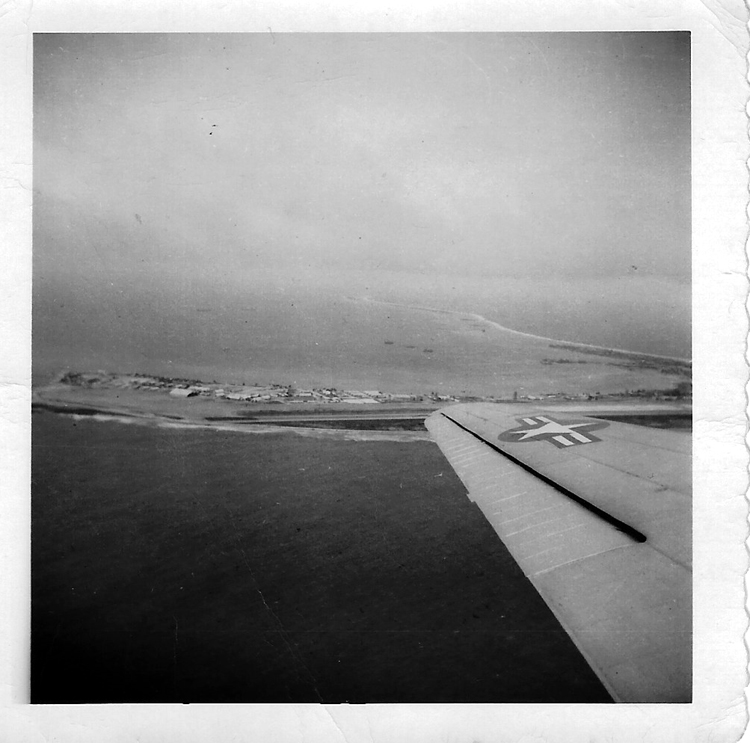
Over the next few months, we learned the answer to that question.
After the Explosion
Immediately after the explosion, we were hit with a Nuclear Electromagnetic Pulse (EMP) that messed up our electronics as well as layers of the ionosphere in such a way that we lost long distance communication. Aircraft flying near the blast site were exposed to radioactive materials, and a variety of other unexpected events occurred. The A-bombs of Hiroshima and Nagasaki were roughly 20,000 TNT ton equivalents. This H-bomb device was 10,000,000 TNT ton equivalents, some 500 times more powerful than either of the bombs dropped on Japan that killed hundreds of thousands of people.
Here is the official, exact description of why we were on Kwajalein and preparing a certain kind of device on Elugelab Island at Enewetak Atoll, some 390 miles away:
Ivy Mike
| Test: | Mike |
|---|---|
| Time: | 19:14:59.4 31 October 1952 (GMT)07:14:59.4 1 November 1952 (local) |
| Location: | Elugelab ("Flora") Island, Enewetak Atoll |
| Test Height and Type: | Surface burst |
| Yield: | 10.4 Mt |
"The device detonated in the Mike ("m" for "megaton") test, called the Sausage, was the first "true" H-bomb ever tested. The 10.4 megaton device was a two stage device using a fission bomb as the primary stage, and a secondary stage consisting of liquid deuterium fusion fuel stored in a cylindrical Dewar (thermos) flask. Running down the center of the Dewar was a plutonium "spark plug" rod to ignite the fusion reaction. The Dewar was surrounded by a natural uranium pusher/tamper weighing more than 5 metric tons. The entire assembly was housed in an enormous steel casing, 80 inches wide and 244 inches long, with walls ~10-12 inches thick, the largest single forging made up to that time. The inside surface of the casing was lined with sheets of lead and polyethylene to form the radiation channel that conducted heat from the primary to the secondary. The entire device weighed 82 tons.
77% (8 megatons) of the yield was due to fast fission of the natural uranium pusher/tamper, with remainder (2.4 megatons) coming directly from fusion of the deuterium fuel. The island the test device was installed on, Elugelab (code named Flora), was entirely destroyed. The resulting crater was 6240 ft across and 164 ft deep. High levels of radiation blanketed much of the atoll following the test."
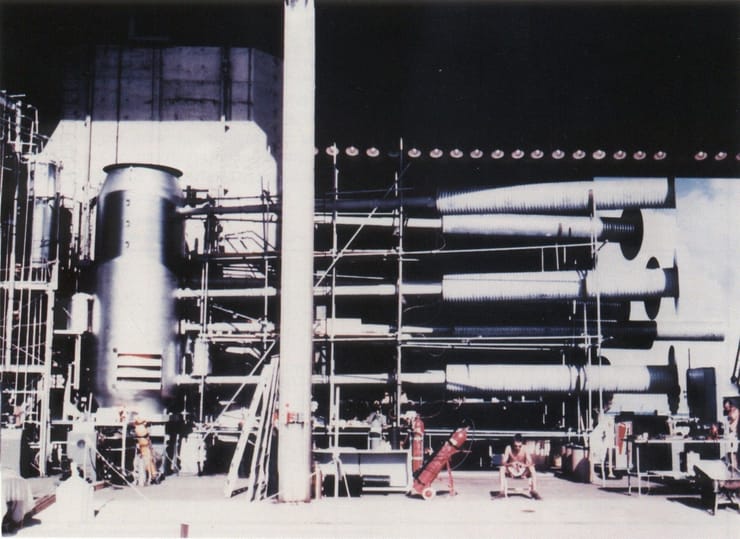
And it was placed into a building called a "shot-cab."
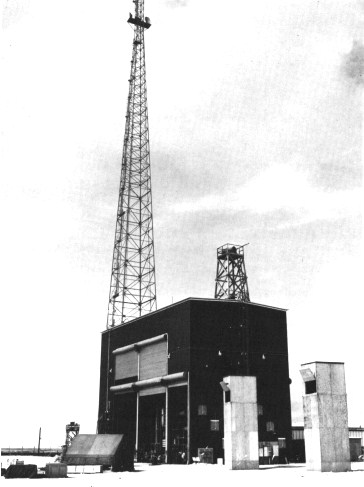
The First H-Bomb? No!
This device could not have been dropped from an airplane as a bomb, nor sent by a missile. It was huge. The first H-bomb in 1953 was dropped from an aircraft by the Soviet Union. We had the device first. They used a different process for their H-bombs, so that they were able to develop the first H-bomb that could be dropped from an airplane. So they had the bomb first.
Below is the first Soviet H-bomb test. They included the sounds produced by the explosion.
The Thermonuclear Test at Elugelab.
Elugelab was an island in Enewetak Atoll, some 390 miles from Kwajalein. This is what it looked like before the test.
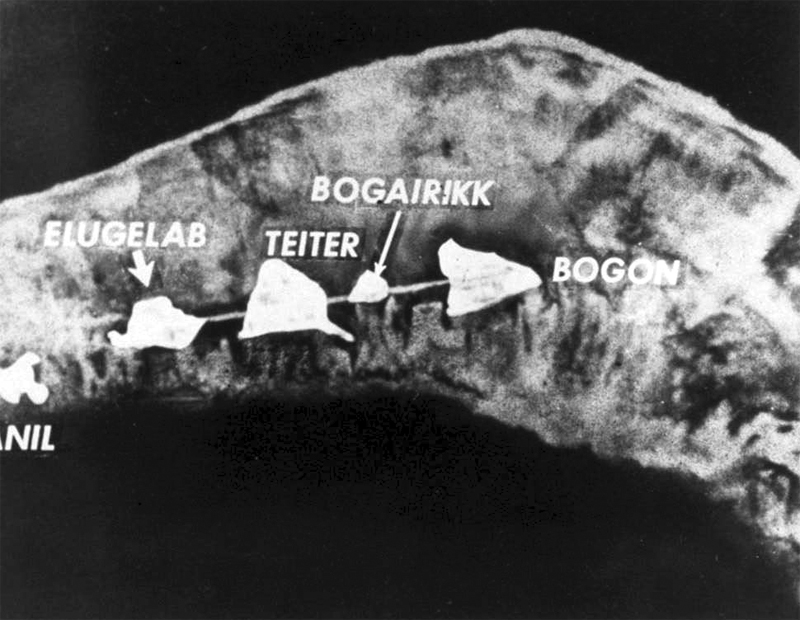
And after the test, which vaporized the island, this is what was left.
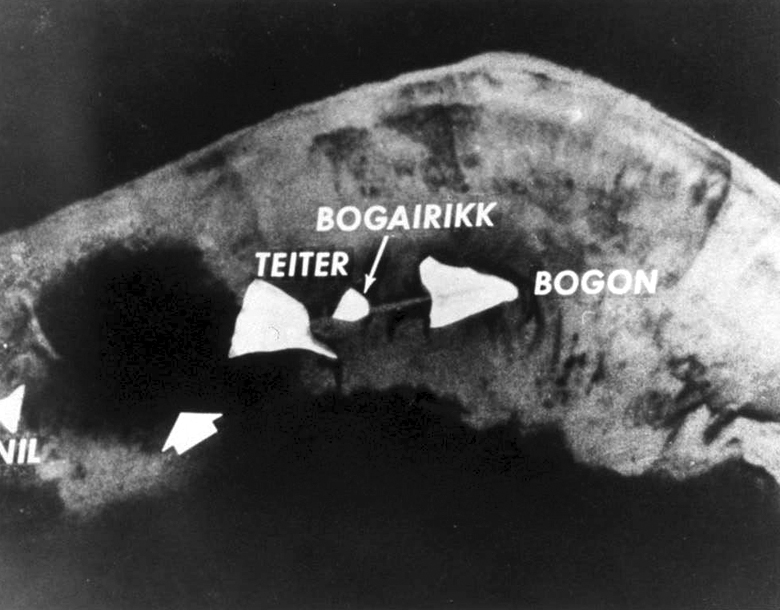
The biggest H-bomb ever tested was by the Soviets and was a 50 megaton bomb. The biggest ever tested by the United States was 16 megatons.
Do we really want a nuclear war?
My more pleasant assignment
After my work was finished at Kwajalein, I was assigned to work at Hickam Air Force Base in Honolulu, territory of Hawaii (not yet a state) for the next two years. Here I am then.
